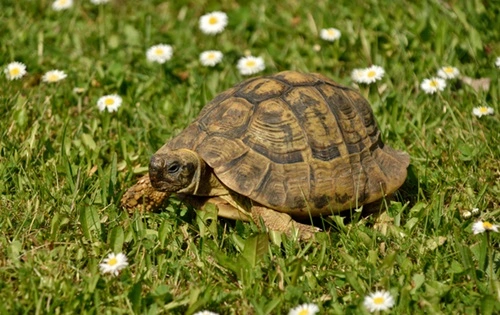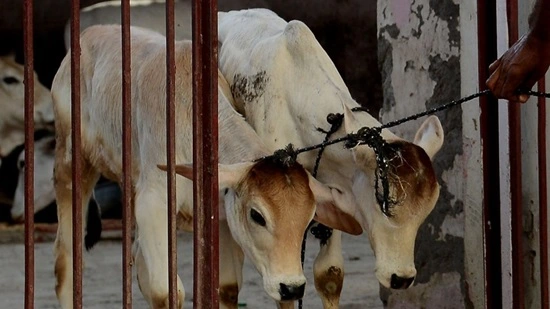India, known for its diverse ecosystems, is home to a spectacular variety of birds. From lush forests to bustling cities, birds are an integral part of our natural heritage and play crucial roles in maintaining ecological balance. This article explores the top 10 most common birds in India, showcasing their unique features, habitats, and significance.
1. House Sparrow
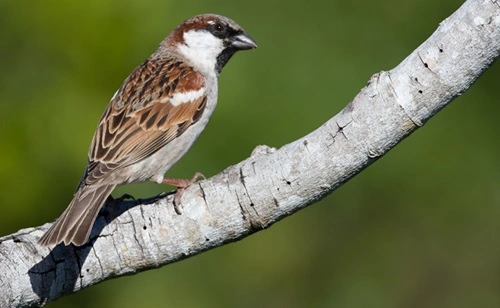
The House Sparrow is one of the most familiar birds in India, often seen chirping on rooftops or feeding on grains. These small, sociable birds are closely associated with human settlements.
Key Features:
- Size: 14-16 cm
- Color: Brown and gray with streaked patterns
- Habitat: Urban areas, villages, and farmlands.
Importance:
- Helps control insect populations.
- Indicator of environmental changes, particularly urbanization and pollution.
2. Indian Mynah
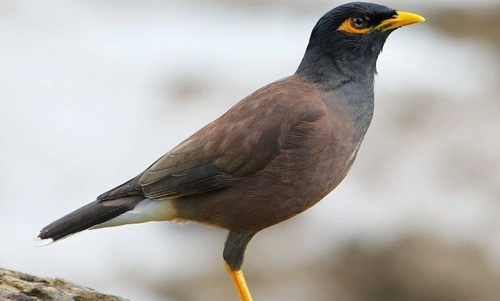
Known for its adaptability and loud calls, the Indian Mynah is a common sight in urban and rural settings. Its intelligence and social behavior make it a fascinating bird.
Key Features:
- Size: 23-25 cm
- Color: Brown body with a yellow beak and eye patch
- Habitat: Cities, towns, and open countryside.
Importance:
- Feeds on insects and helps in pest control.
- Plays a role in seed dispersal.
3. Rock Pigeon
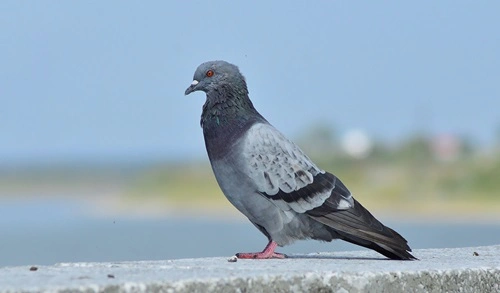
The Rock Pigeon, or simply pigeon, is ubiquitous in cities across India. Often seen in flocks, these birds are well-adapted to urban environments.
Key Features:
- Size: 30-34 cm
- Color: Gray with iridescent green and purple on the neck
- Habitat: Urban areas, rocky cliffs, and agricultural fields.
Importance:
- Symbolizes peace in Indian culture.
- Provides food for raptors and other predators.
4. Common Crow
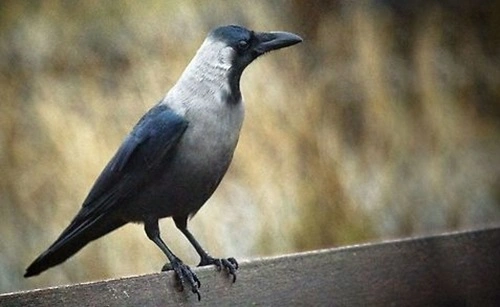
The Common Crow, or Indian Crow, is a highly intelligent bird known for its adaptability and resourcefulness. It thrives in various habitats, from forests to bustling cities.
Key Features:
- Size: 40-50 cm
- Color: Black with a grayish neck and chest
- Habitat: Urban areas, forests, and villages.
Importance:
- Acts as a scavenger, cleaning up waste.
- Plays a crucial role in ecological balance.
5. Red-vented Bulbul
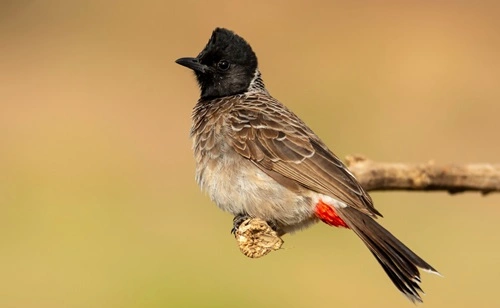
The Red-vented Bulbul is a cheerful songbird often seen hopping around gardens and bushes. Its melodious calls add life to any setting.
Key Features:
- Size: 20 cm
- Color: Brownish with a black head and a red patch under the tail
- Habitat: Gardens, scrublands, and forests.
Importance:
- Helps in pollination and seed dispersal.
- Aesthetic value due to its pleasant song.
6. Cattle Egret
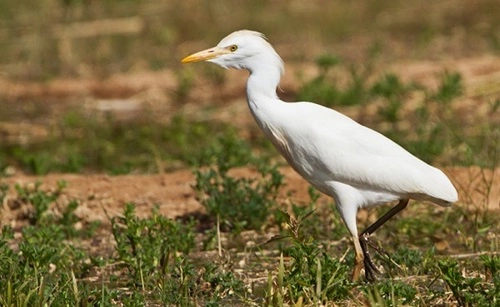
The Cattle Egret is a white bird often seen foraging in fields alongside livestock. Its symbiotic relationship with cattle makes it a unique and common sight.
Key Features:
- Size: 46-56 cm
- Color: White with buff plumes during the breeding season
- Habitat: Wetlands, grasslands, and agricultural fields.
Importance:
- Controls pests by feeding on insects stirred up by cattle.
- Contributes to maintaining healthy ecosystems.
7. Indian Koel
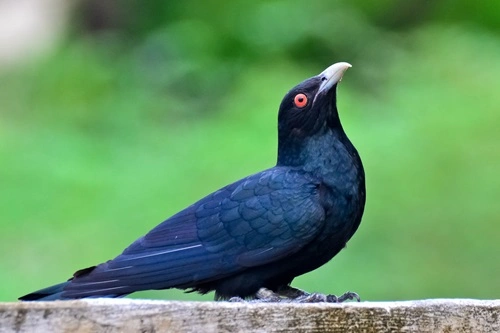
The Indian Koel is famous for its melodious call, especially during the spring and summer seasons. This bird is often associated with the arrival of warm weather.
Key Features:
- Size: 39-46 cm
- Color: Male is glossy black, while the female is brown with white spots
- Habitat: Forests, gardens, and urban areas.
Importance:
- A brood parasite, laying eggs in the nests of other birds like crows.
- Symbolic significance in Indian poetry and folklore.
8. Purple Sunbird
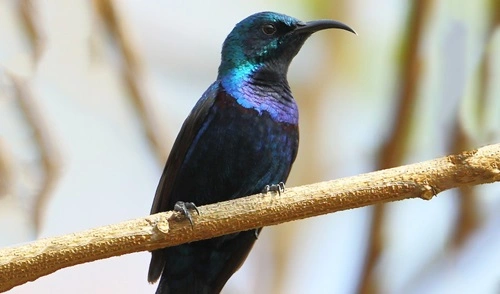
The Purple Sunbird is a tiny bird with a long, curved beak, making it a skilled nectar feeder. Its shimmering plumage makes it a delight to observe.
Key Features:
- Size: 10-12 cm
- Color: Iridescent purple-black in males, olive-green in females
- Habitat: Gardens, scrublands, and open forests.
Importance:
- Pollinates flowers while feeding on nectar.
- Adds vibrancy to gardens and urban spaces.
9. Black Drongo
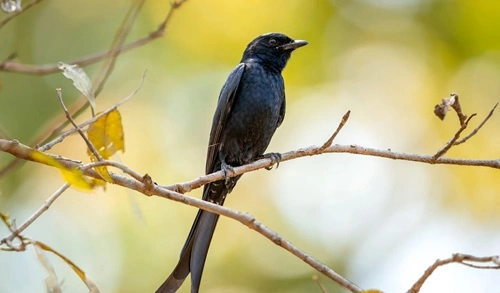
The Black Drongo, also known as the King Crow, is a fearless bird often seen perched on wires or branches. Its bold behavior includes chasing away larger birds.
Key Features:
- Size: 28-30 cm
- Color: Glossy black with a forked tail
- Habitat: Open fields, forests, and urban areas.
Importance:
- Controls insect populations by feeding on them.
- Protects crops by chasing away predators like crows and hawks.
10. Rose-ringed Parakeet
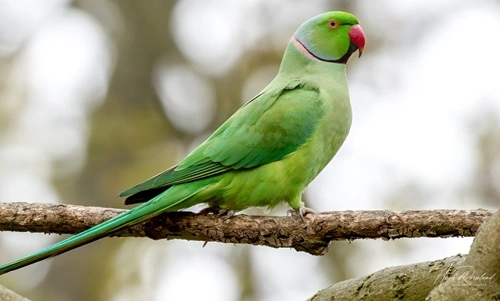
The Rose-ringed Parakeet is one of India’s most recognizable birds, often seen in noisy flocks. Its vibrant green plumage and playful nature make it a favorite among bird enthusiasts.
Key Features:
- Size: 40 cm
- Color: Bright green with a red ring around the male’s neck
- Habitat: Forests, urban areas, and agricultural fields.
Importance:
- Feeds on fruits and seeds, aiding in seed dispersal.
- Popular in Indian art and culture.
Ecological Importance of Birds
Birds are vital for maintaining ecological balance. Here’s why:
- Pollination: Birds like the Purple Sunbird help in pollinating flowering plants.
- Seed Dispersal: Birds such as the Red-vented Bulbul play a key role in spreading seeds.
- Pest Control: Birds like the Indian Mynah and Black Drongo help keep insect populations in check.
- Scavenging: The Common Crow and Rock Pigeon clean up organic waste, reducing the risk of diseases.
Conservation Challenges
Despite their abundance, birds face threats from habitat loss, pollution, and climate change. Urbanization has reduced nesting spaces, while pesticide use affects their food sources. To protect these avian treasures:
- Plant native trees and shrubs to provide food and shelter.
- Avoid chemical pesticides in gardens and farmlands.
- Raise awareness about the importance of bird conservation.
Conclusion
India’s common birds are more than just a familiar sight; they are vital contributors to our ecosystems. Their presence enriches our lives, sustains biodiversity, and reflects the health of our environment. By understanding their roles and protecting their habitats, we can ensure a harmonious coexistence with these feathered friends for generations to come.
